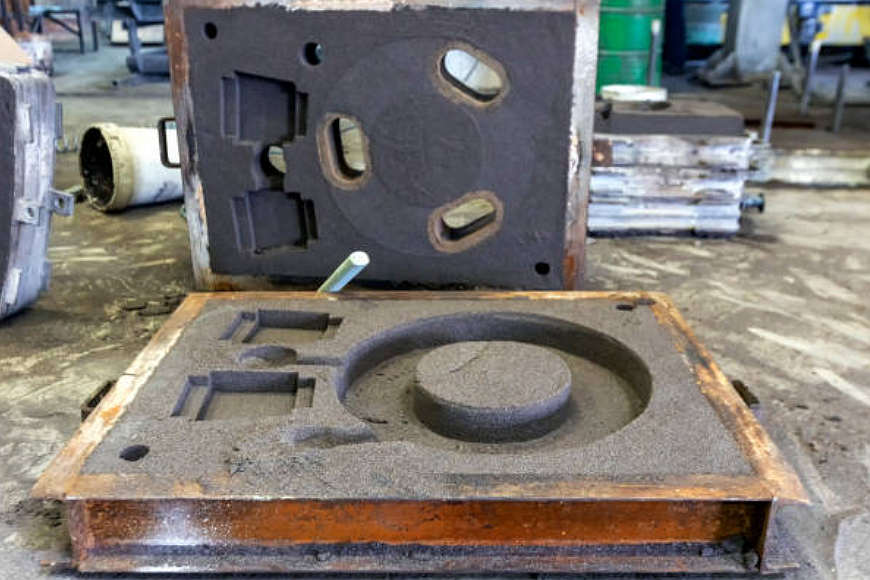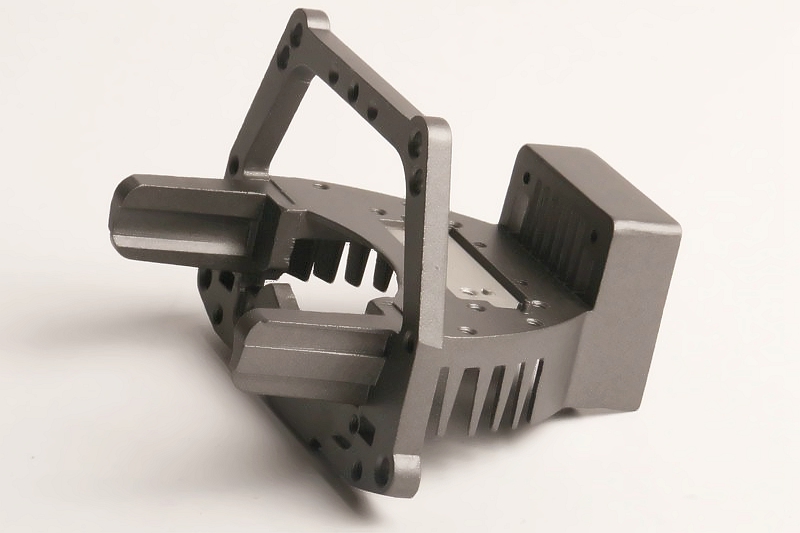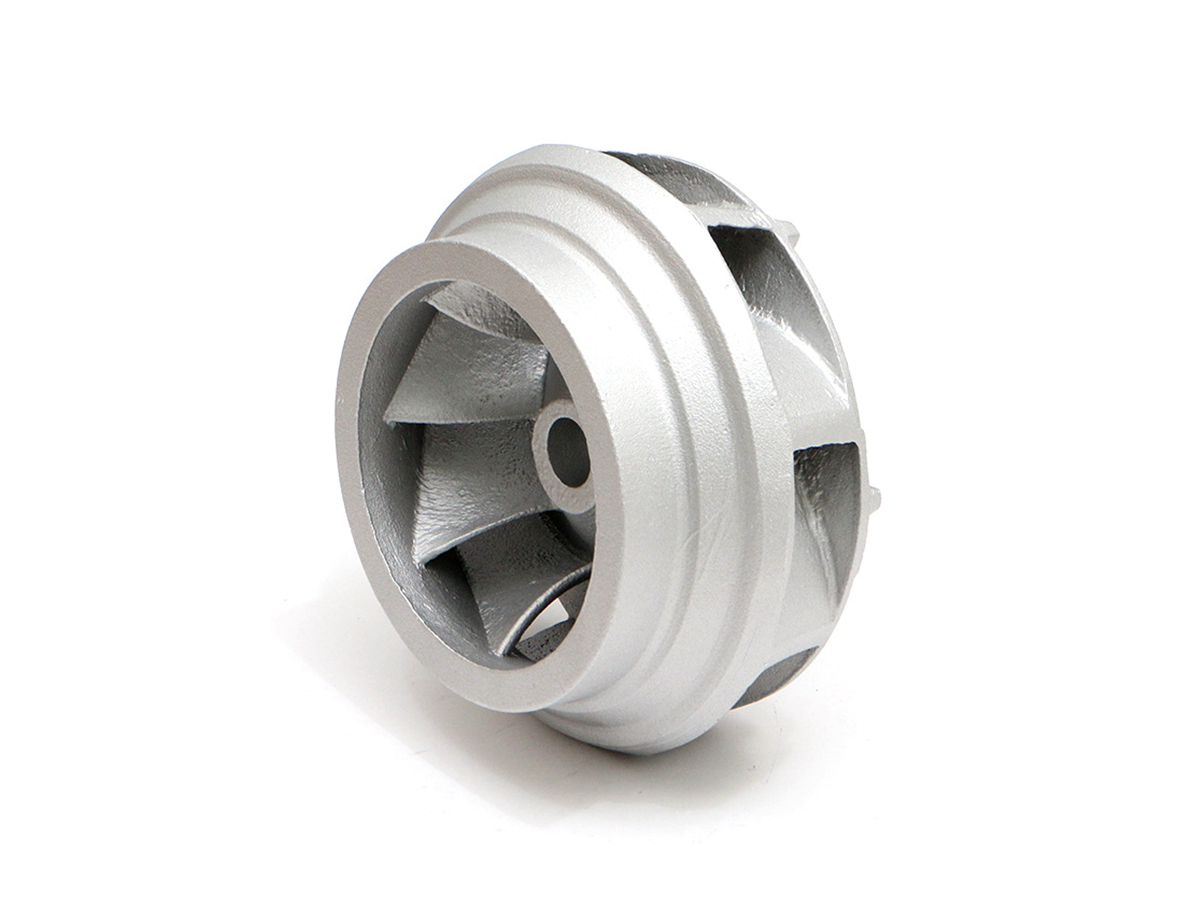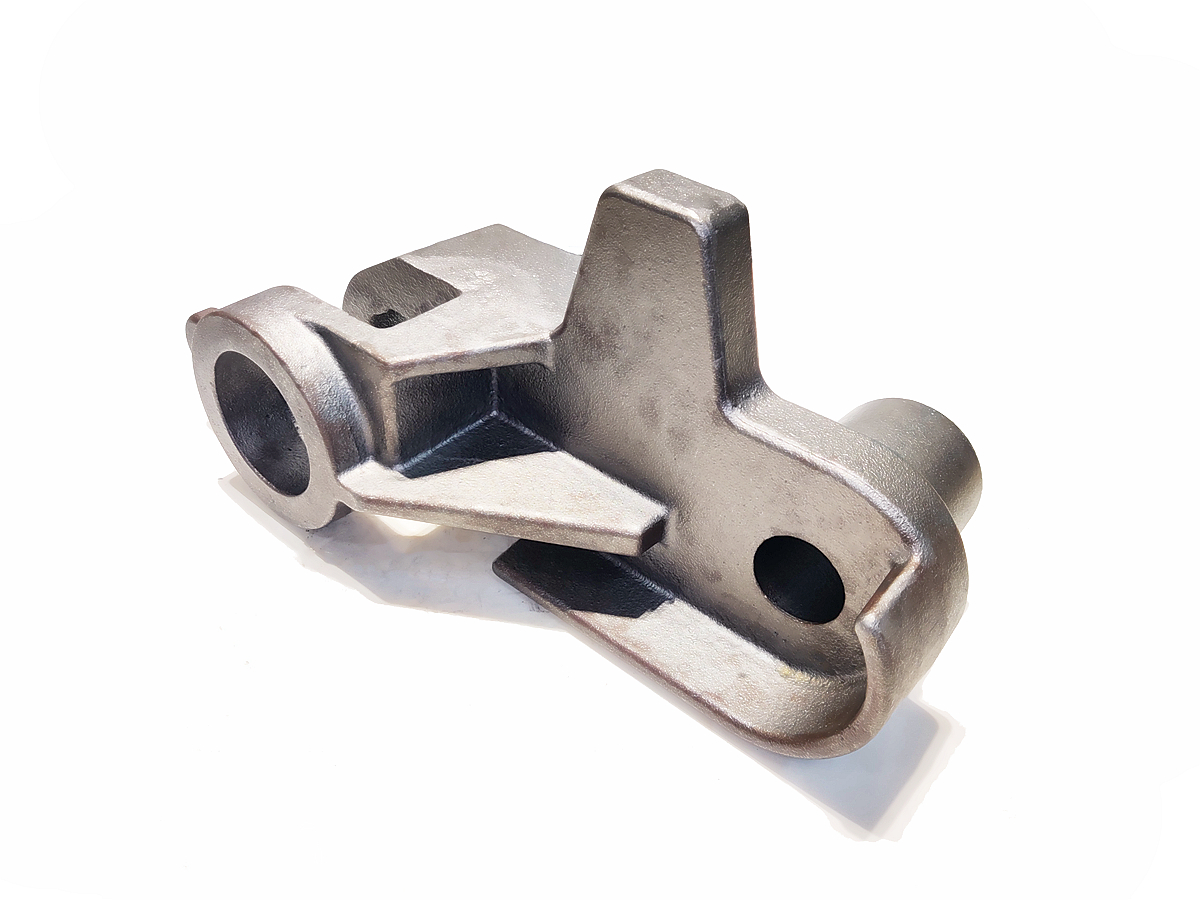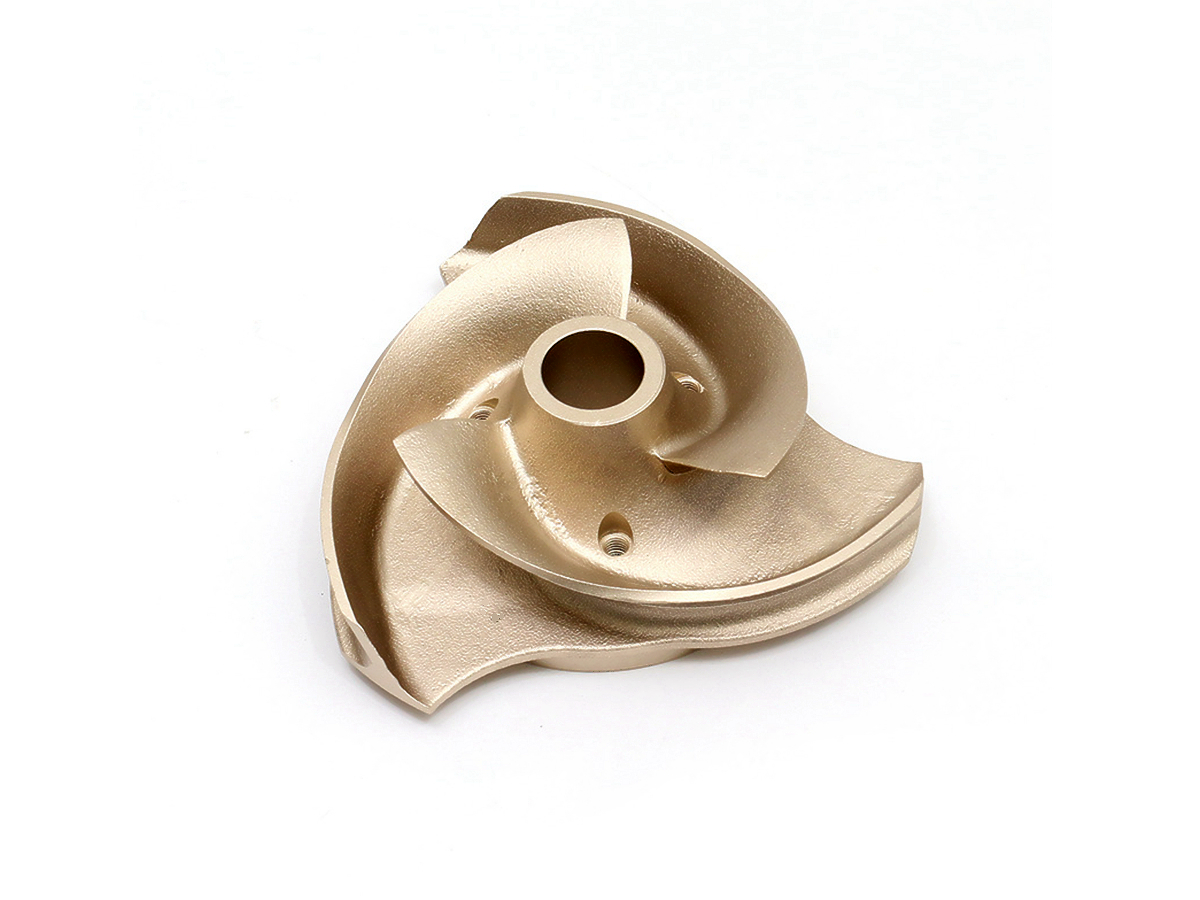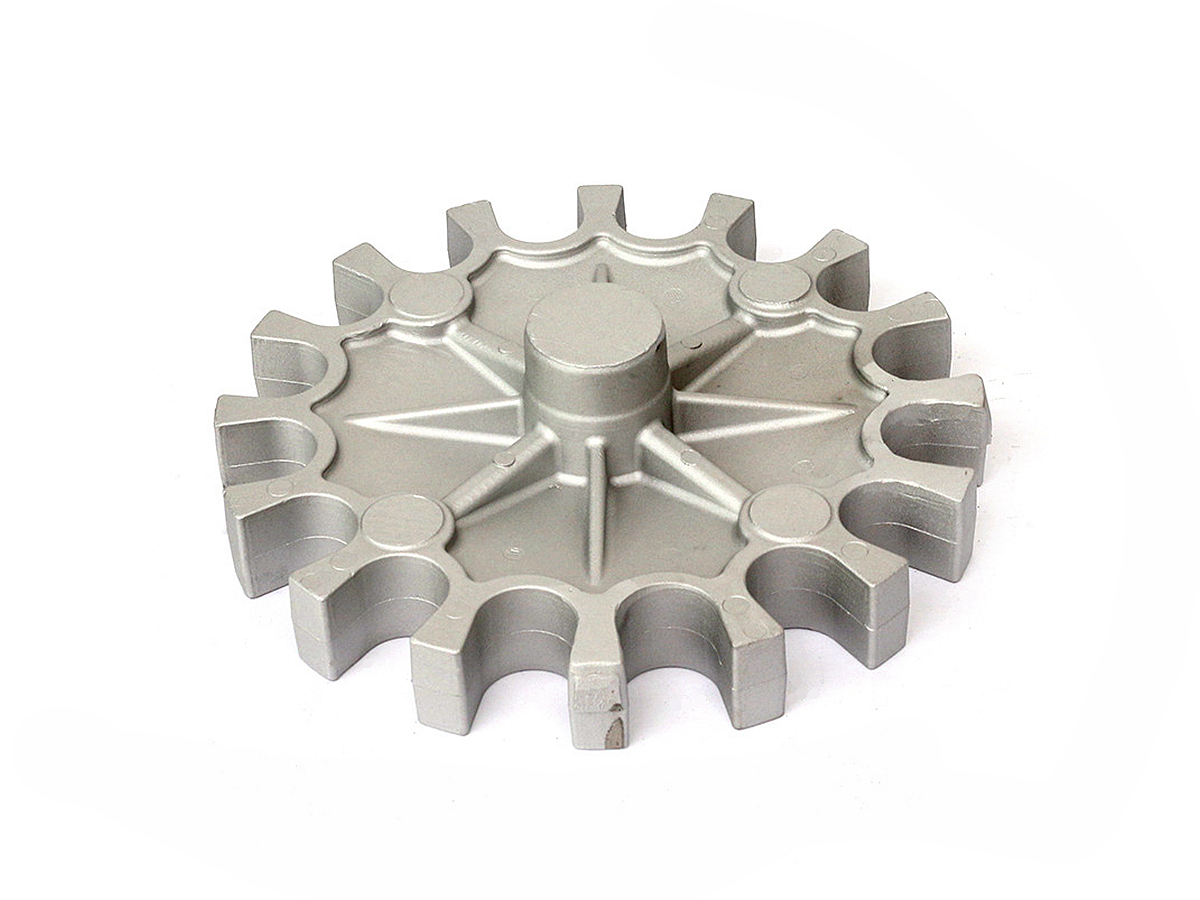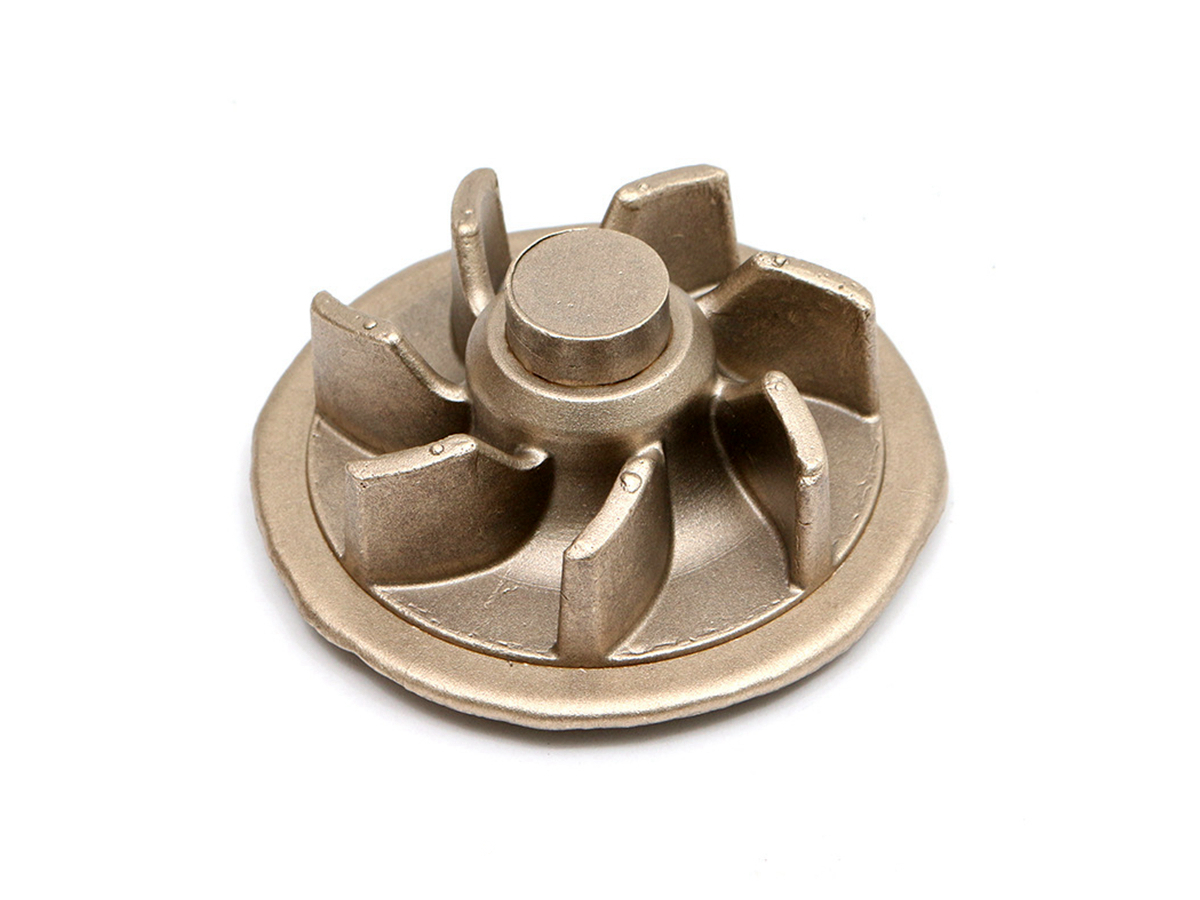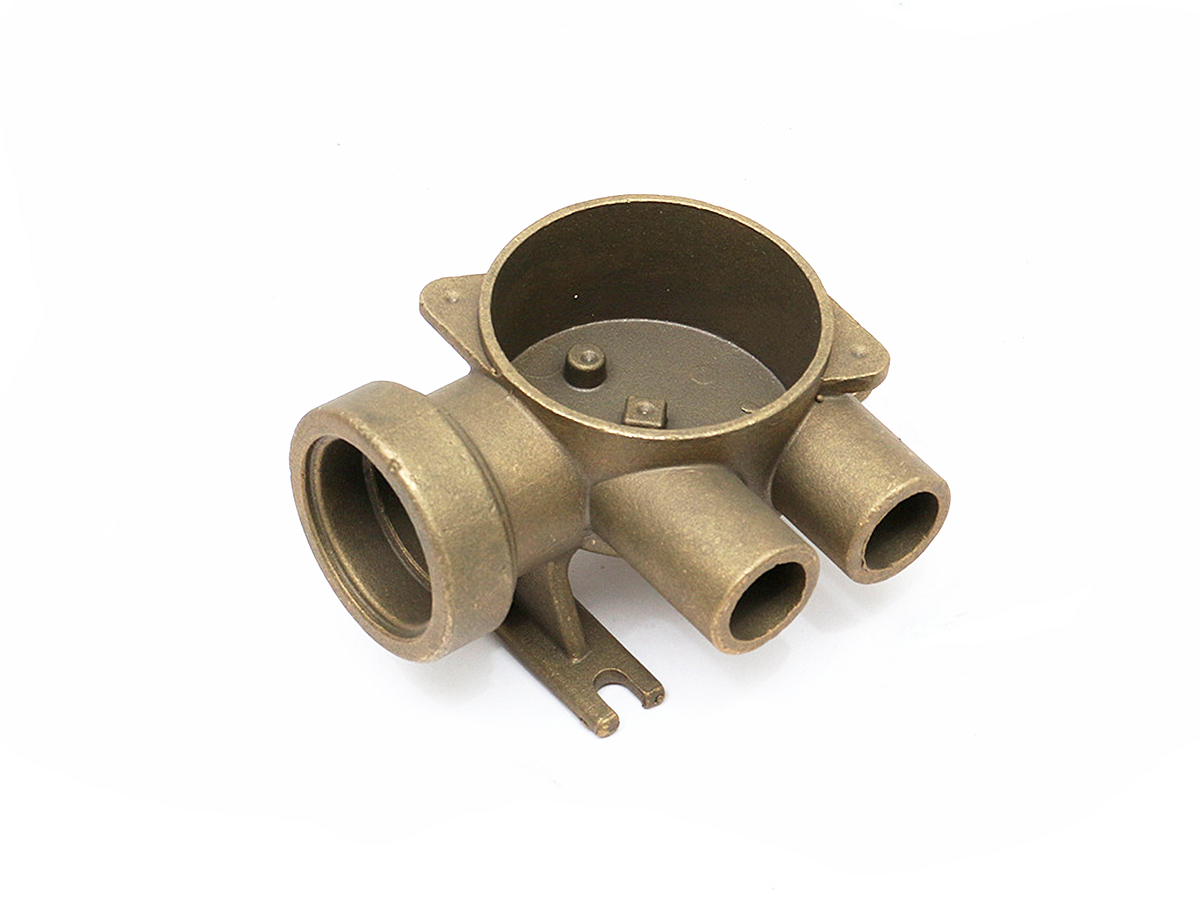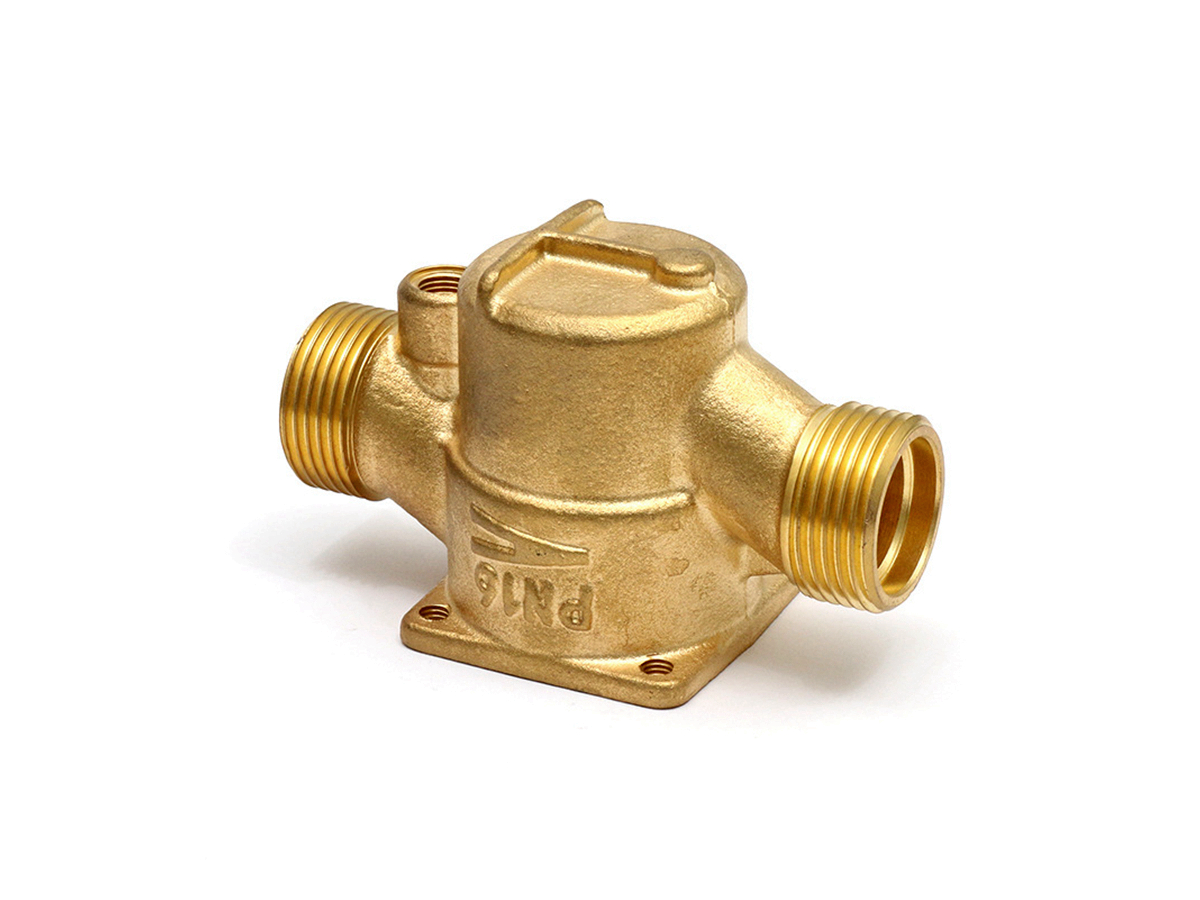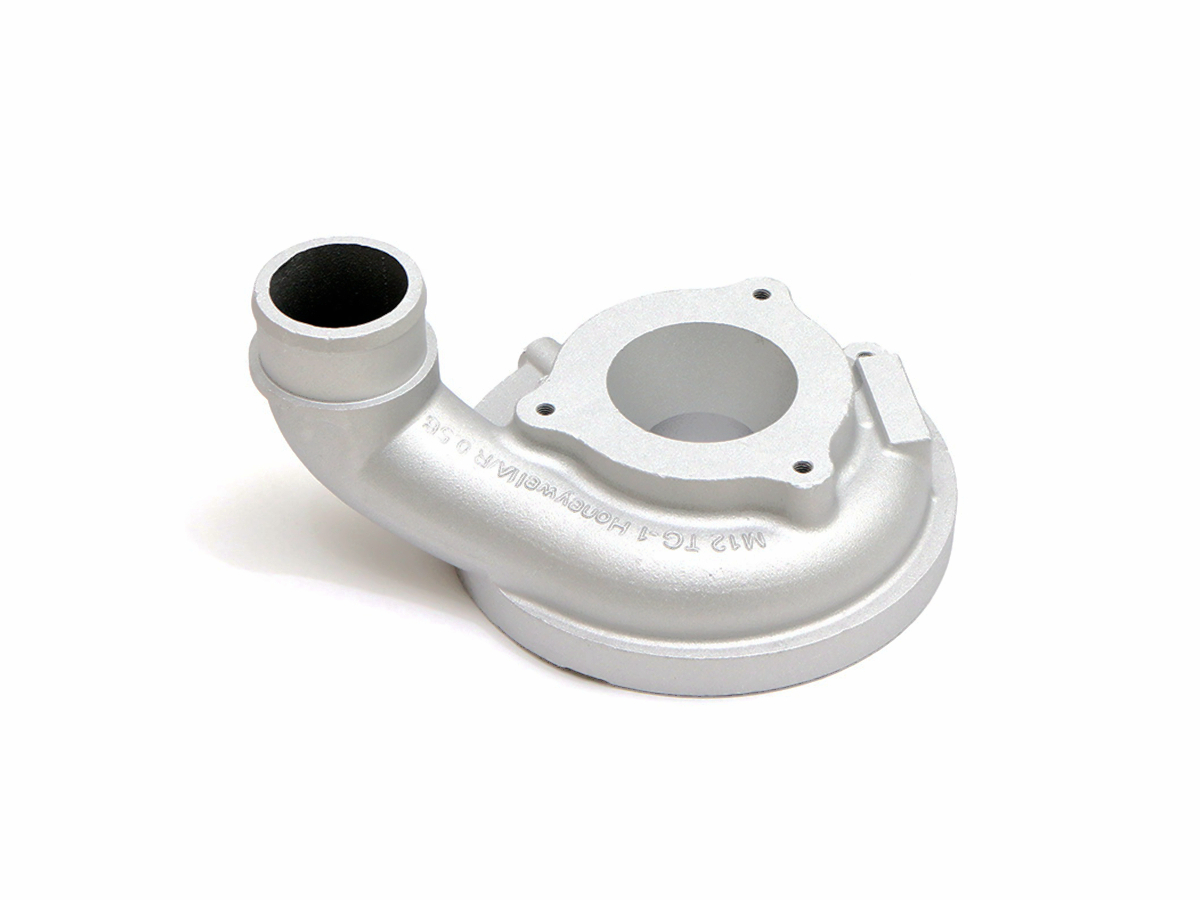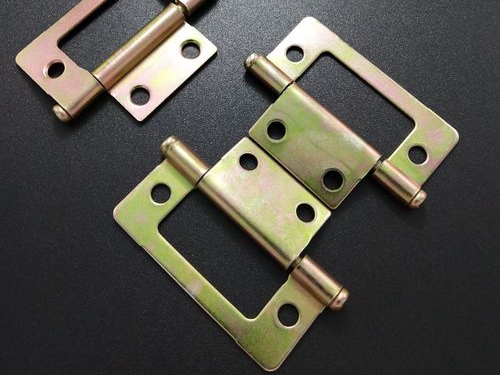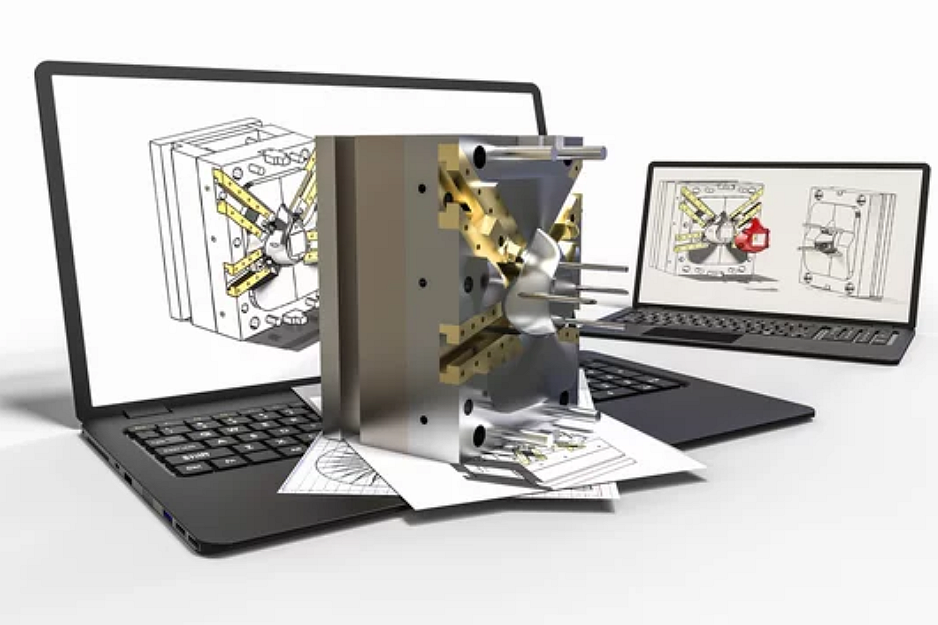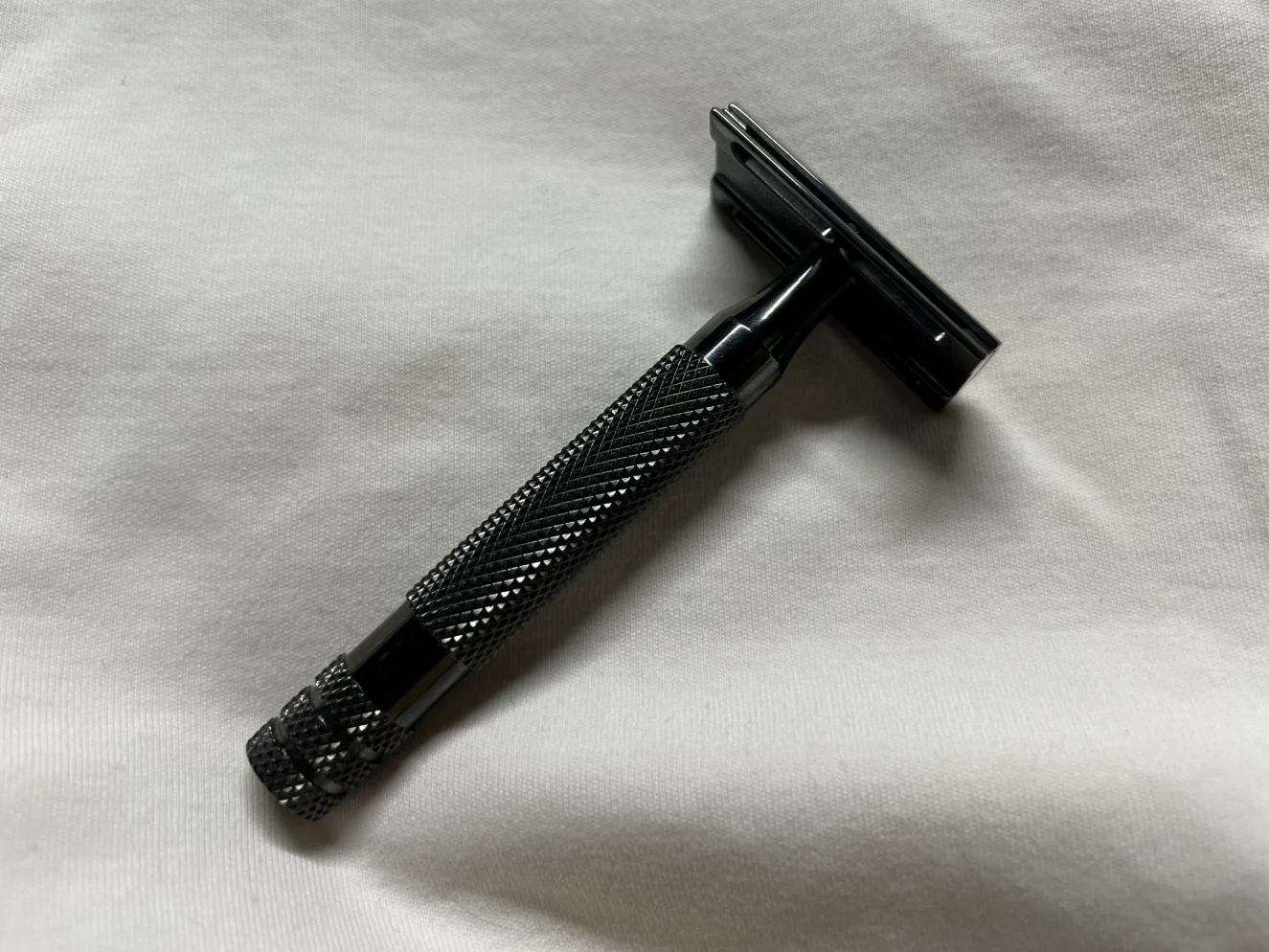Low-volume Parts Sand Casting Service
Create high-quality custom parts with our sand casting services. Our experts will provide the perfect solution for your needs. Request a quote today.
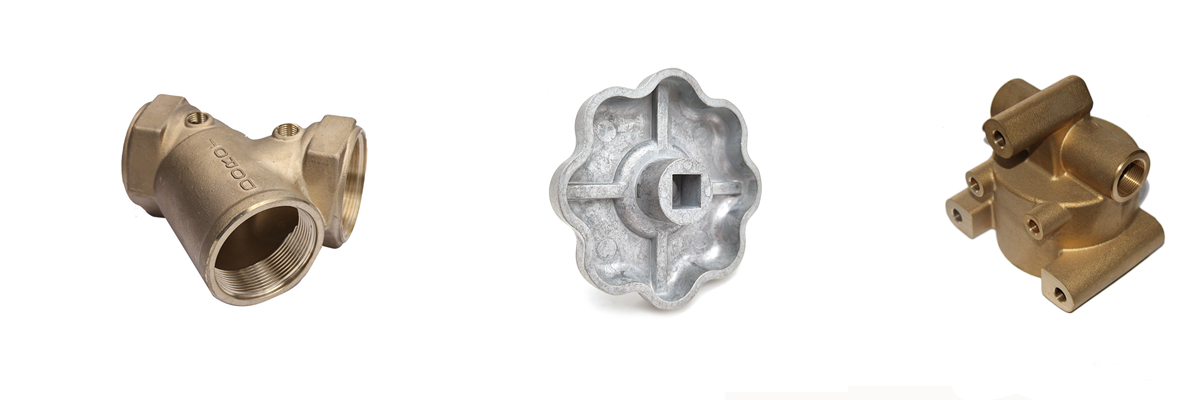
Send us your designs and specifications for a free quotation
All uploaded files are secure and confidential
What Is Sand Casting Service
Our Sand Casting Service offers cost-effective manufacturing solutions for large, complex castings. With excellent design flexibility, versatile material selection, and an environmentally sustainable process, our service delivers high-quality parts for diverse industrial applications.
Applications of Sand Castings
Our sand casting process offers a cost-effective method to produce robust, high-integrity metal parts suitable for a wide range of industrial applications. Discover our extensive range of sand casted components.
Sand Casting Materials
Neway Custom Sand Casting Capabilities
Neway offers full-service custom sand casting with in-house patternmaking, a variety of molding processes, and metal pouring capabilities to produce both prototype and production castings. We can handle small lots to high volumes with manual and automated mold-making options. We also provide full secondary finishing operations.
Custom Parts Surface Finishing Available
Our Surface Treatment Service offers specialized finishes for custom parts, enhancing durability, aesthetics, and performance. We provide a range of processes, including Electroplating, Anodizing, Powder Coating, and Thermal Barrier Coatings, tailored to improve corrosion resistance, wear properties, and visual appeal of metal and plastic components across industries.
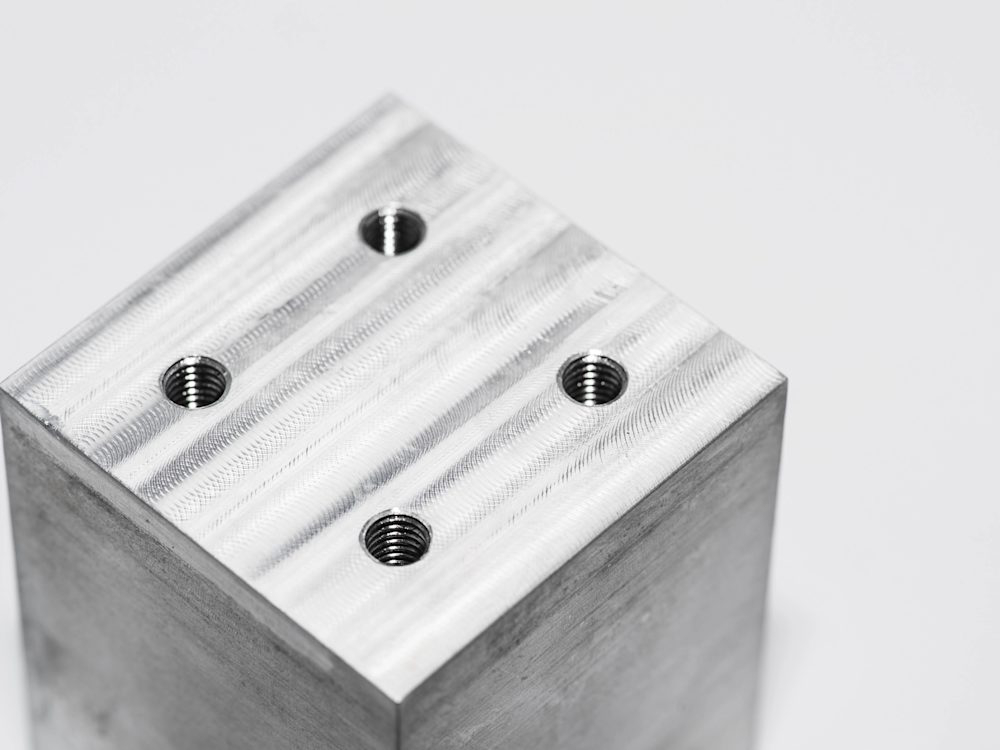
learn more
As Machined
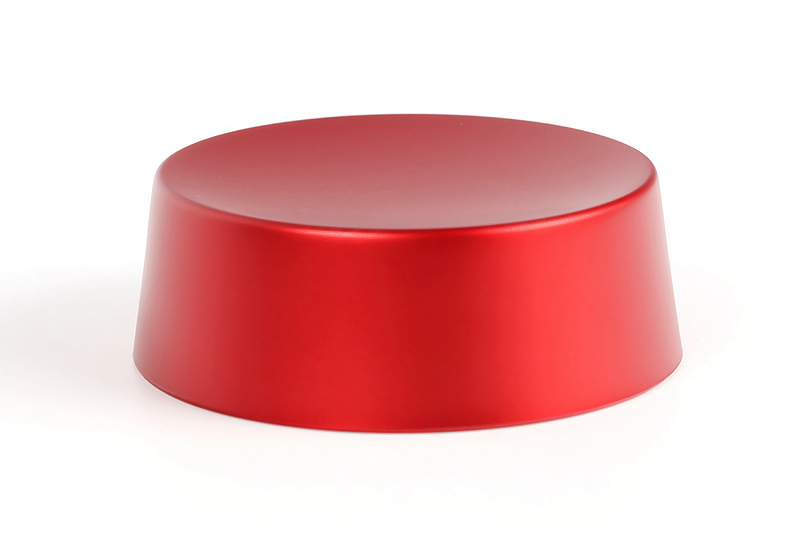
learn more
Painting
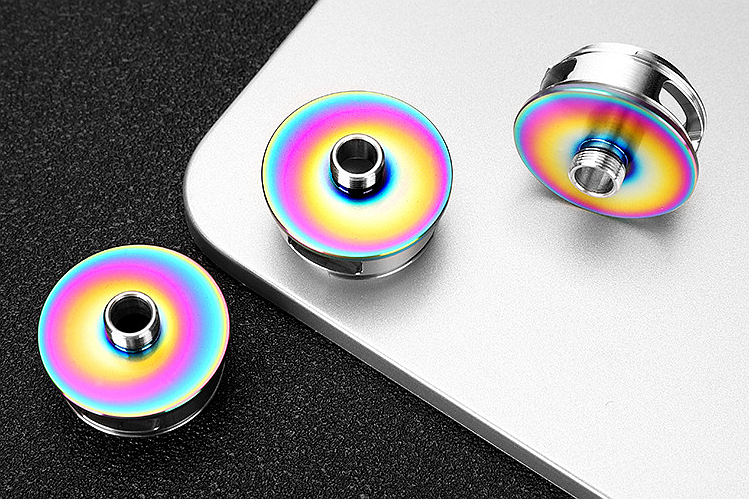
learn more
PVD
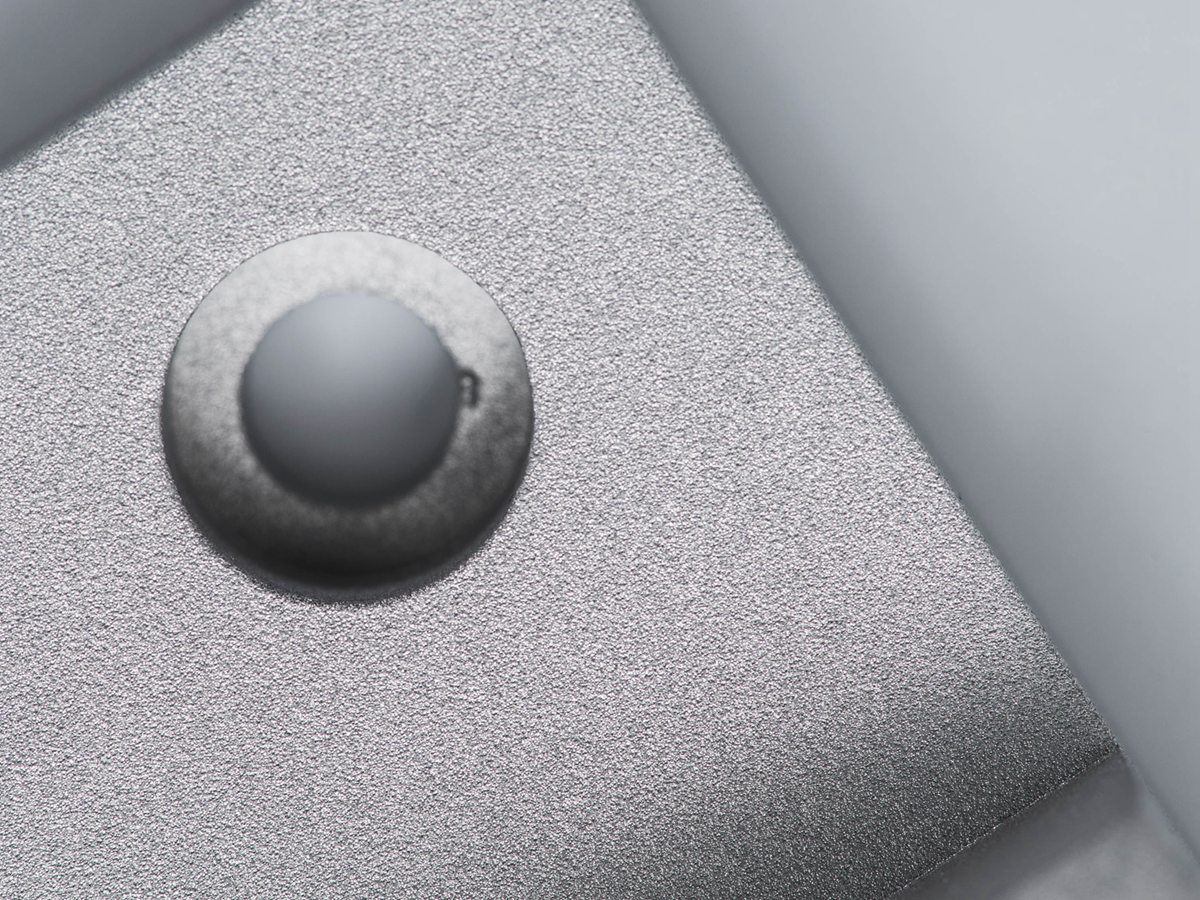
learn more
Sandblasting
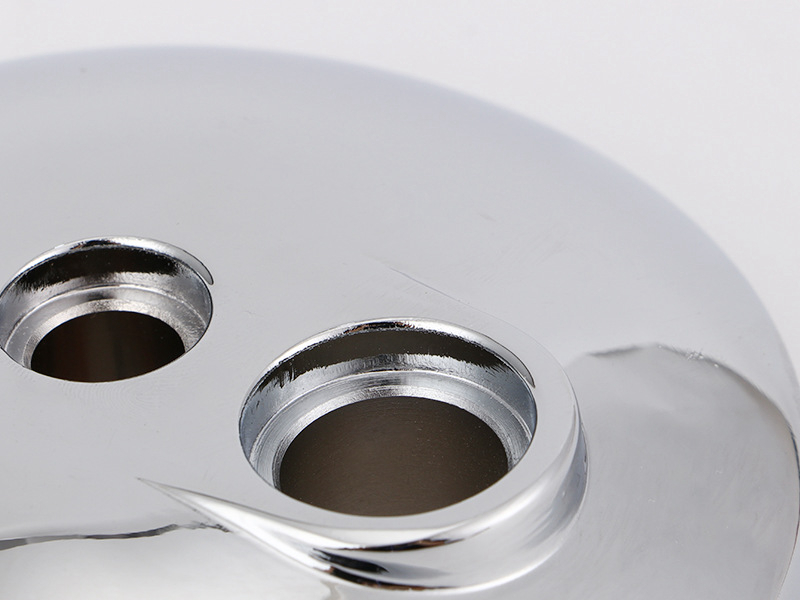
learn more
Electroplating
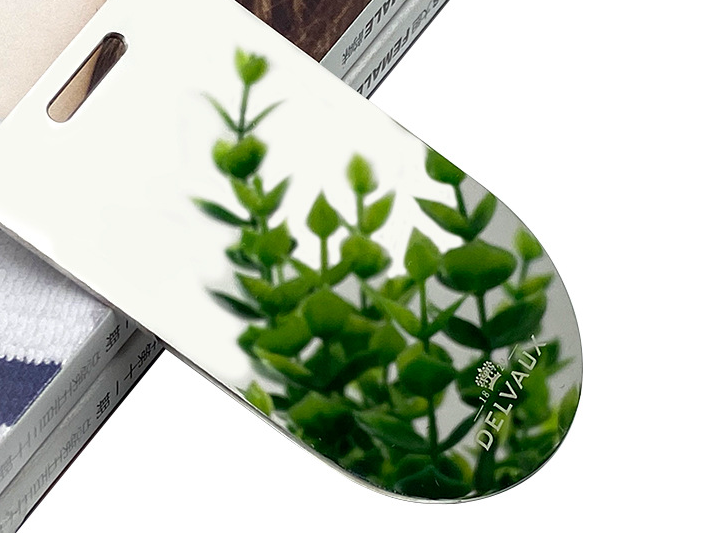
learn more
Polishing
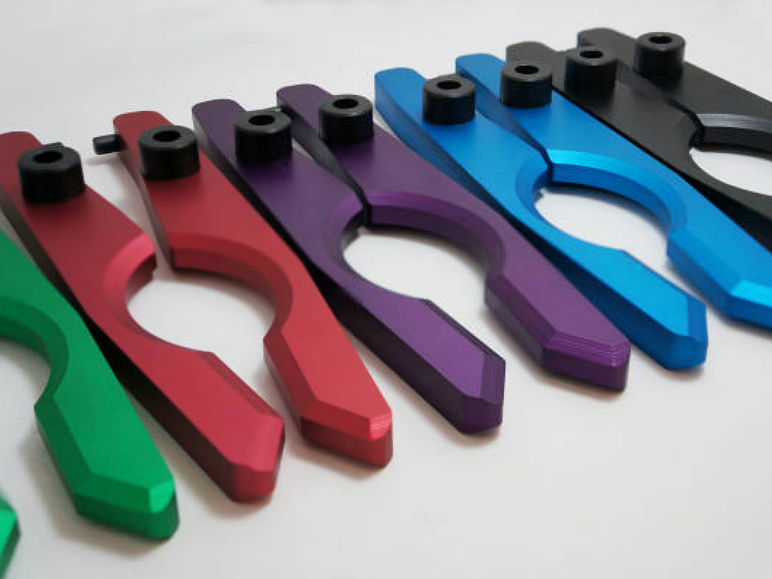
learn more
Anodizing

learn more
Powder Coating

learn more
Electropolishing
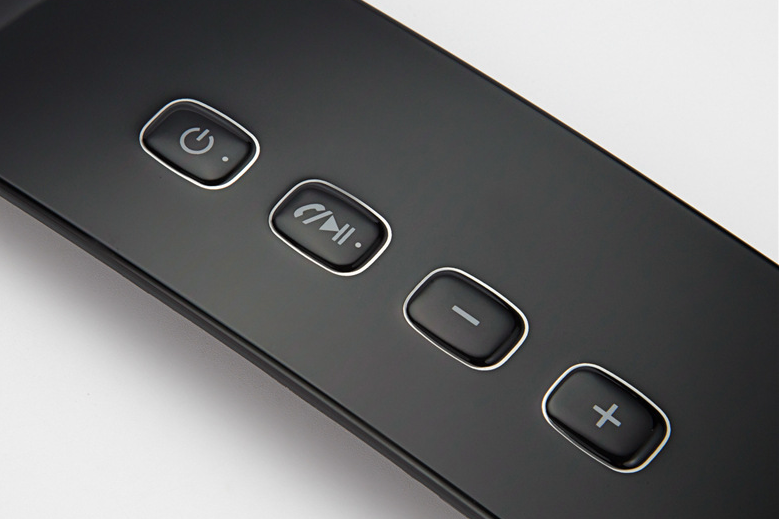
learn more
IMD
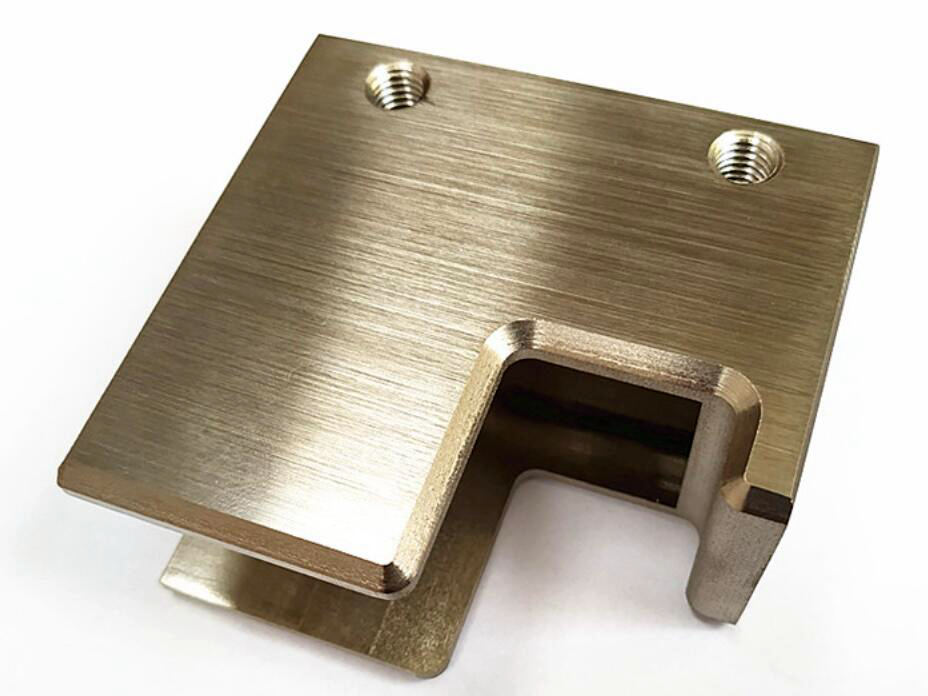
learn more
Brushed Finishes
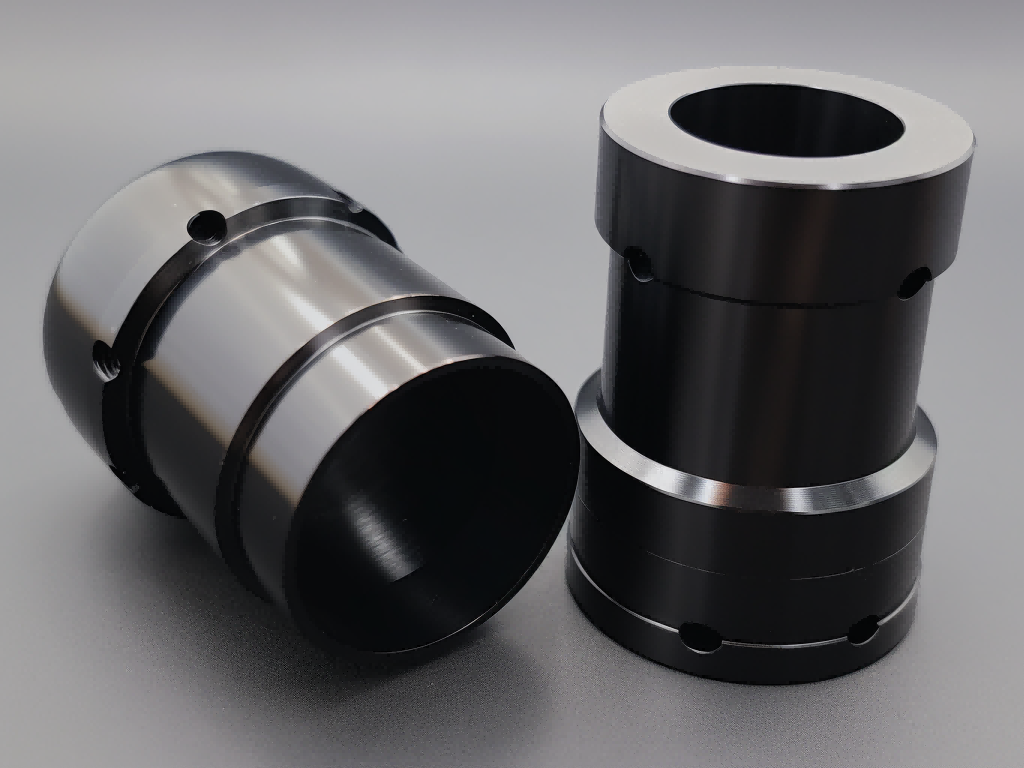
learn more
Black Oxide
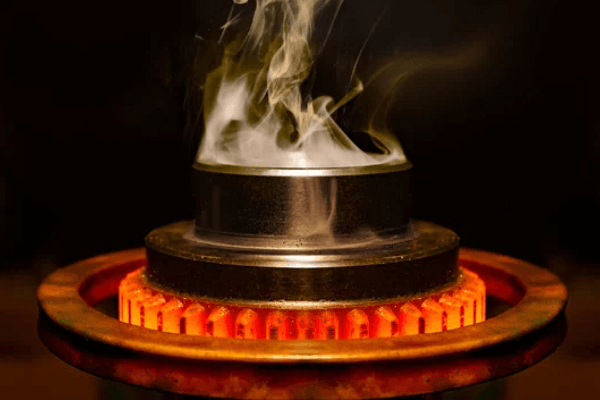
learn more
Heat Treatment
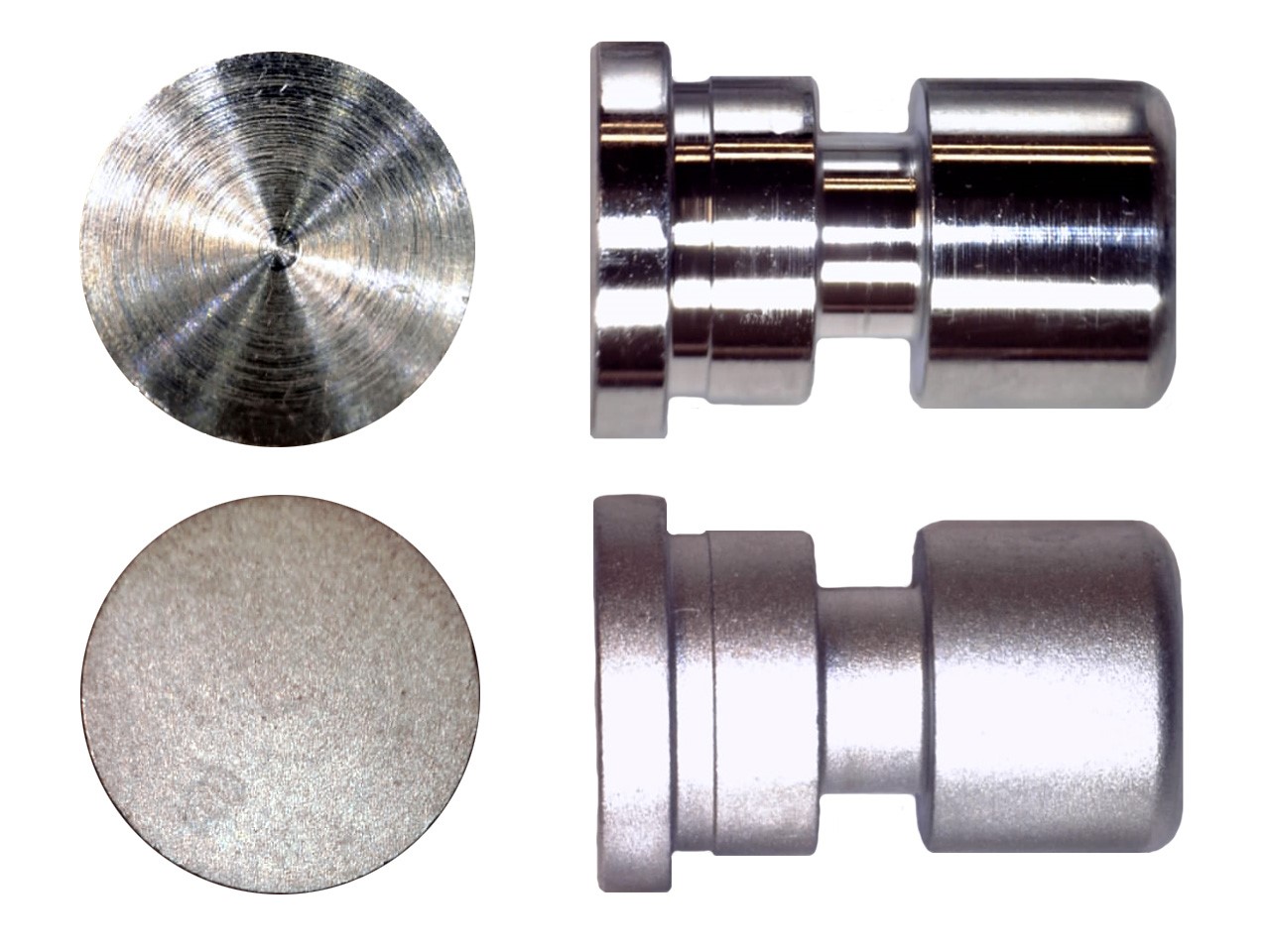
learn more
Tumbling
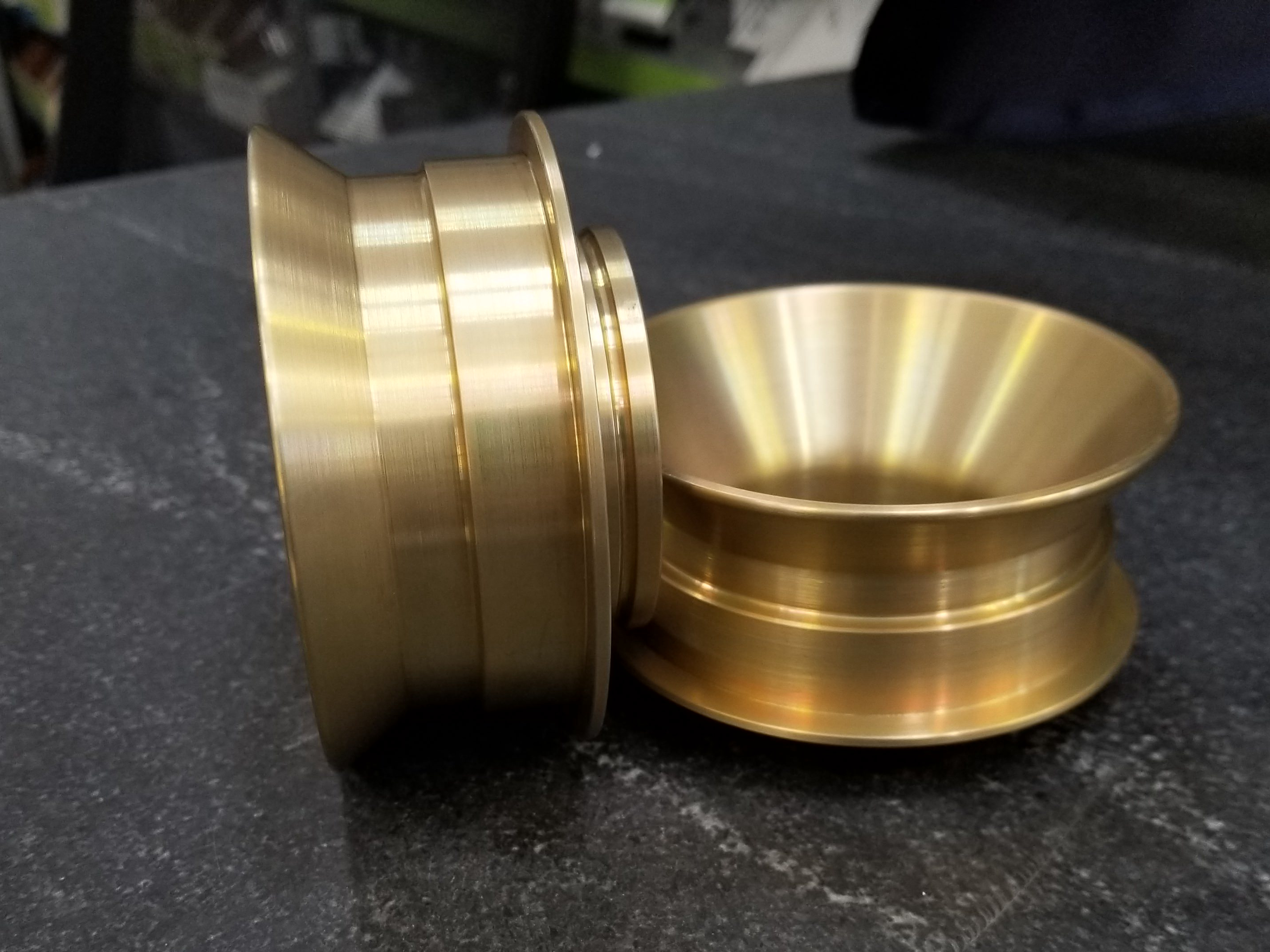
learn more
Alodine
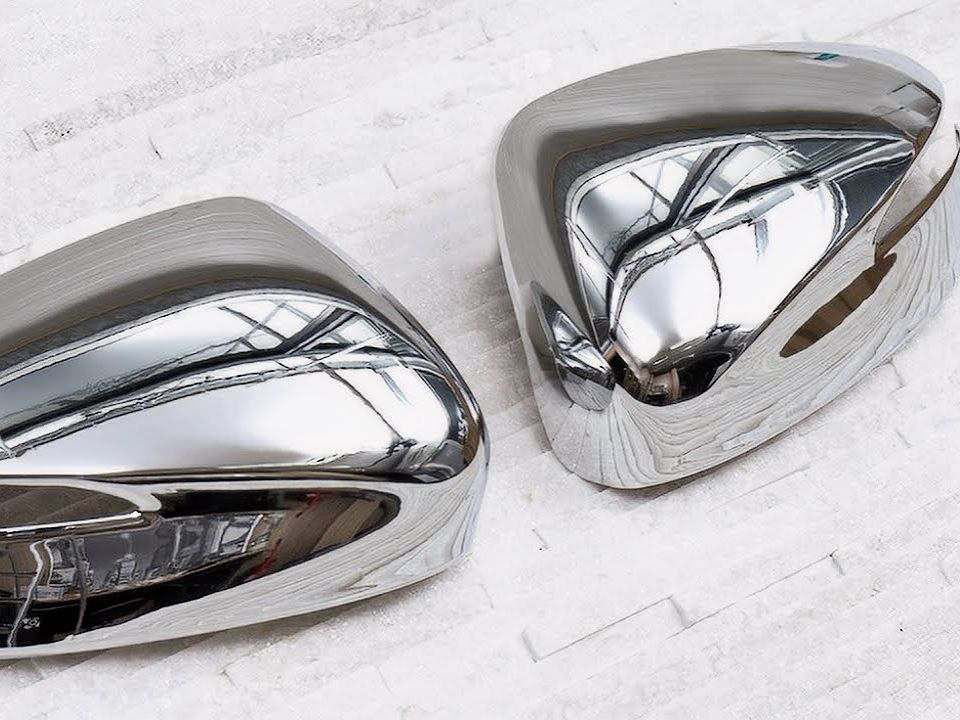
learn more
Chrome Plating
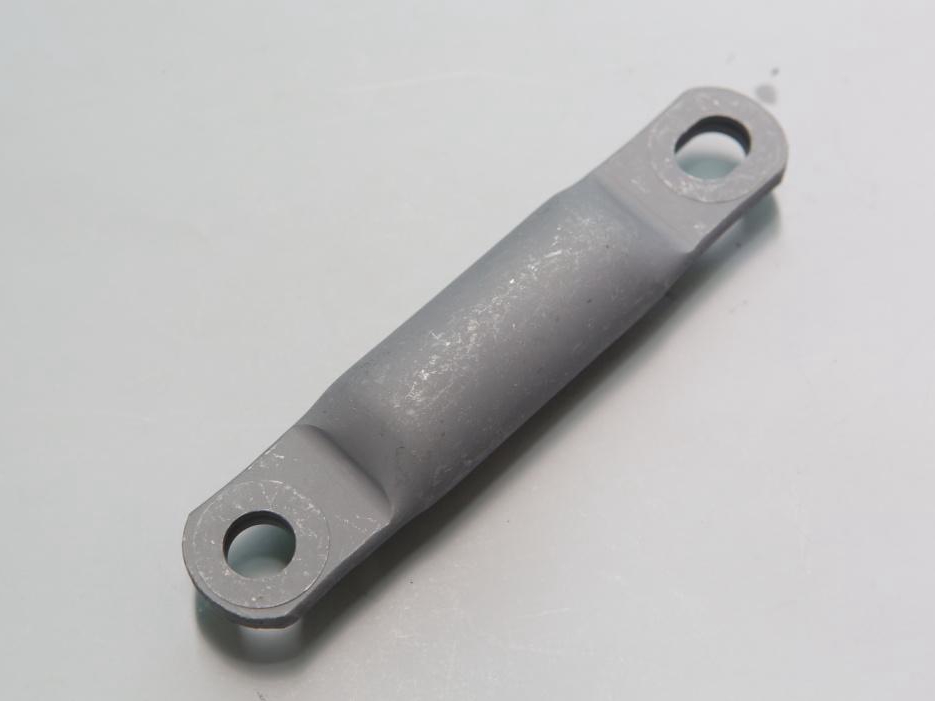
learn more
Phosphating
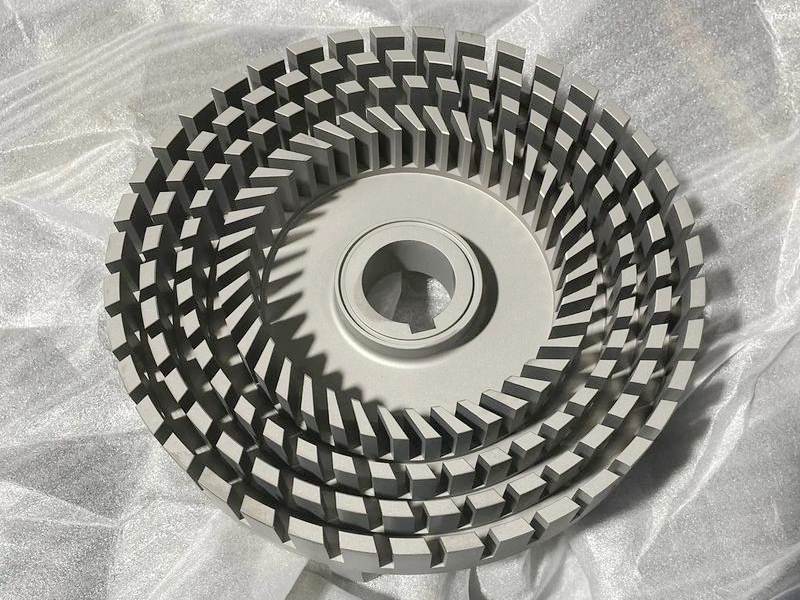
learn more
Nitriding
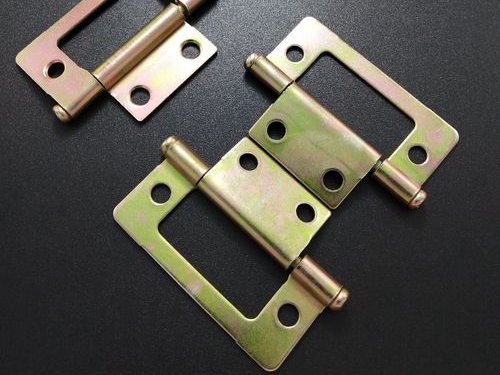
learn more
Galvanizing
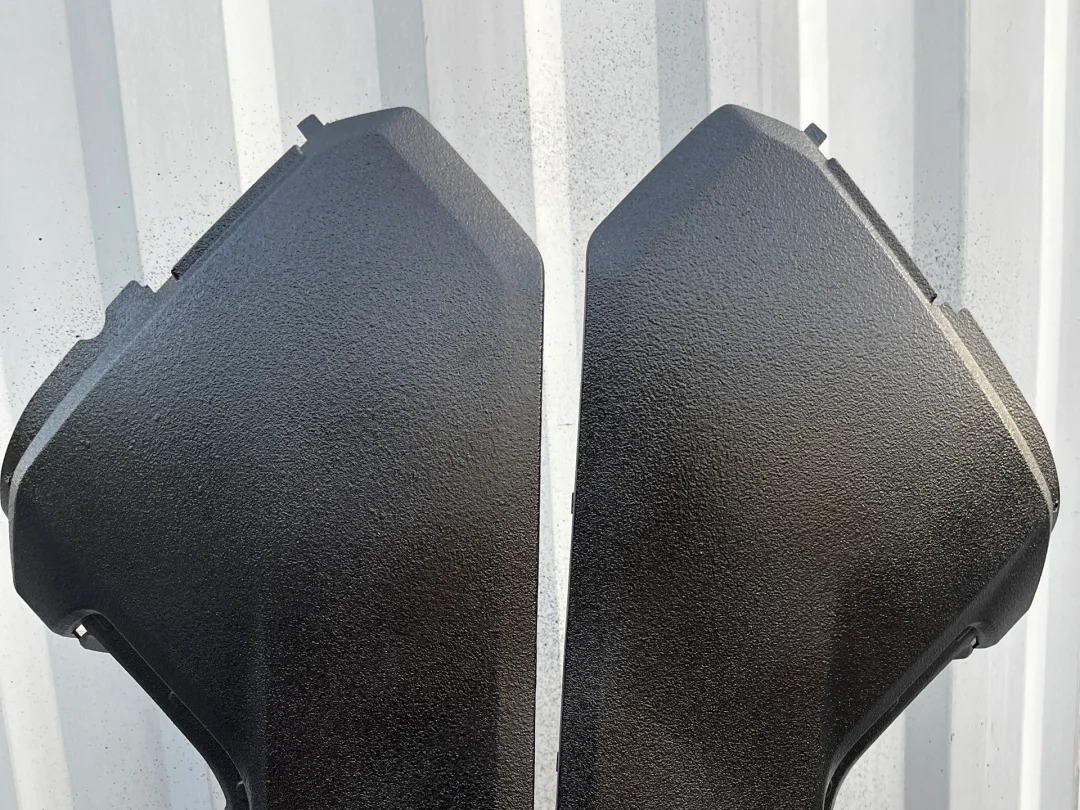
learn more
Lacquer Coating
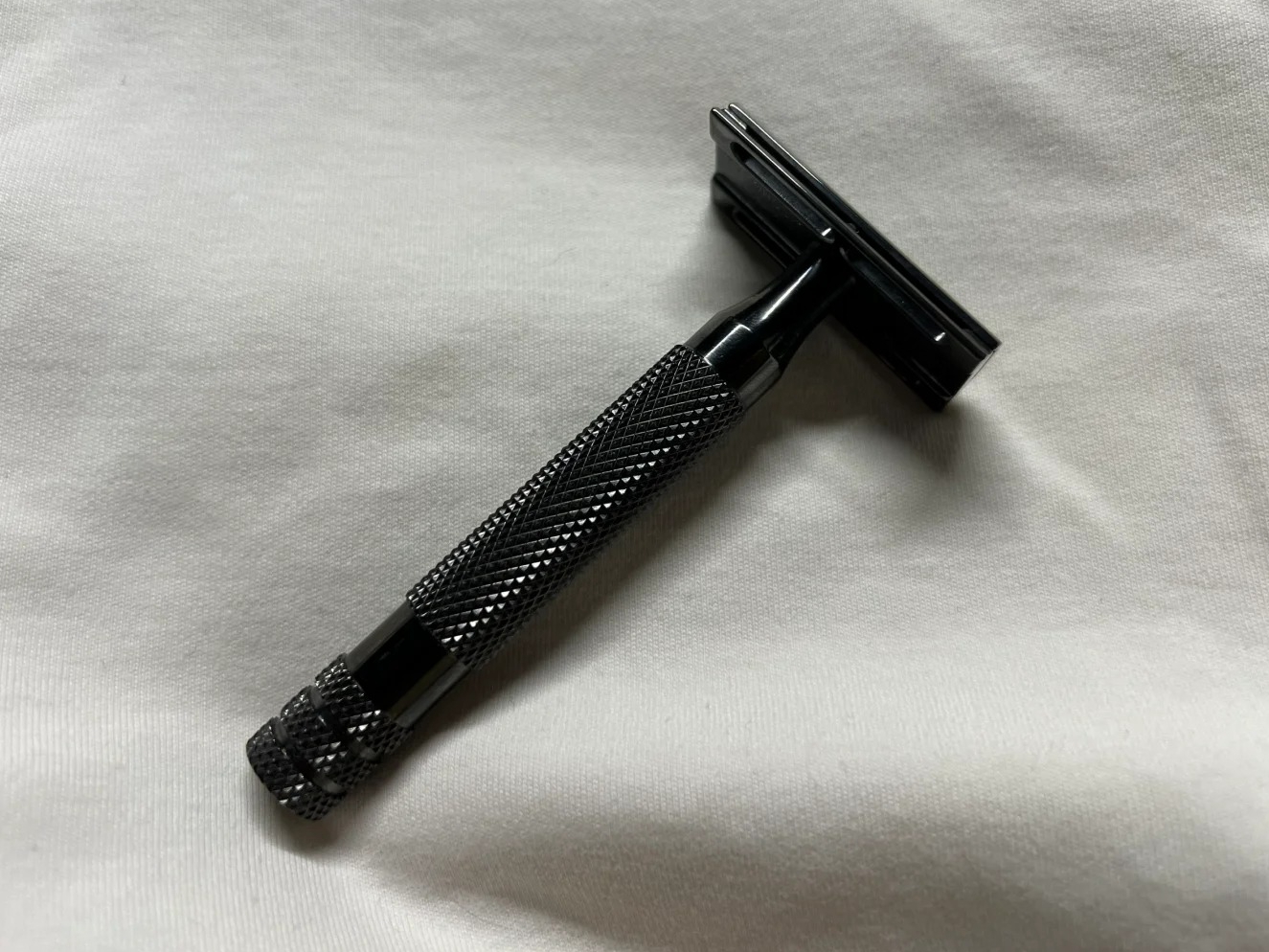
learn more
Teflon Coating
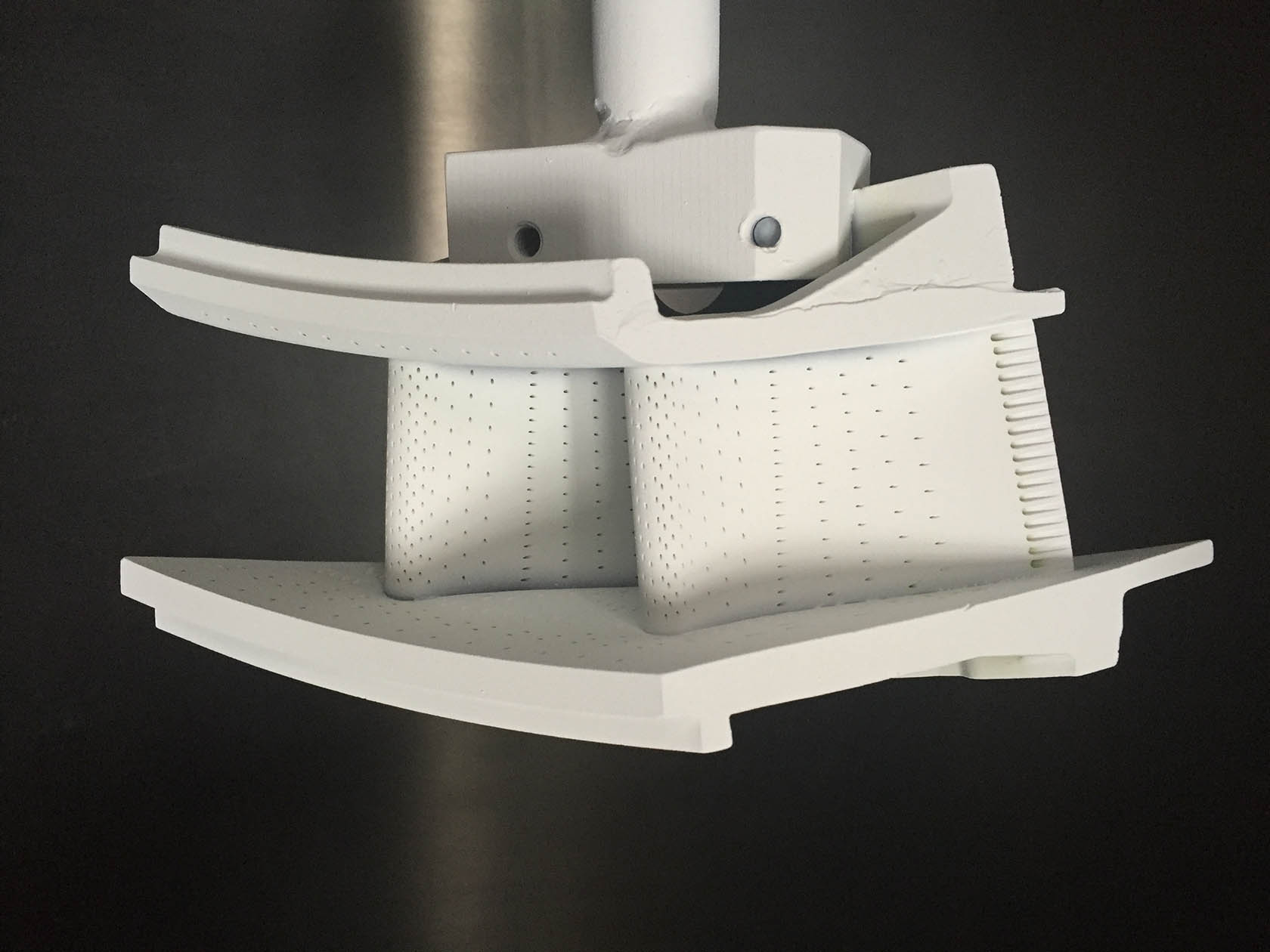
learn more
Thermal Coatings
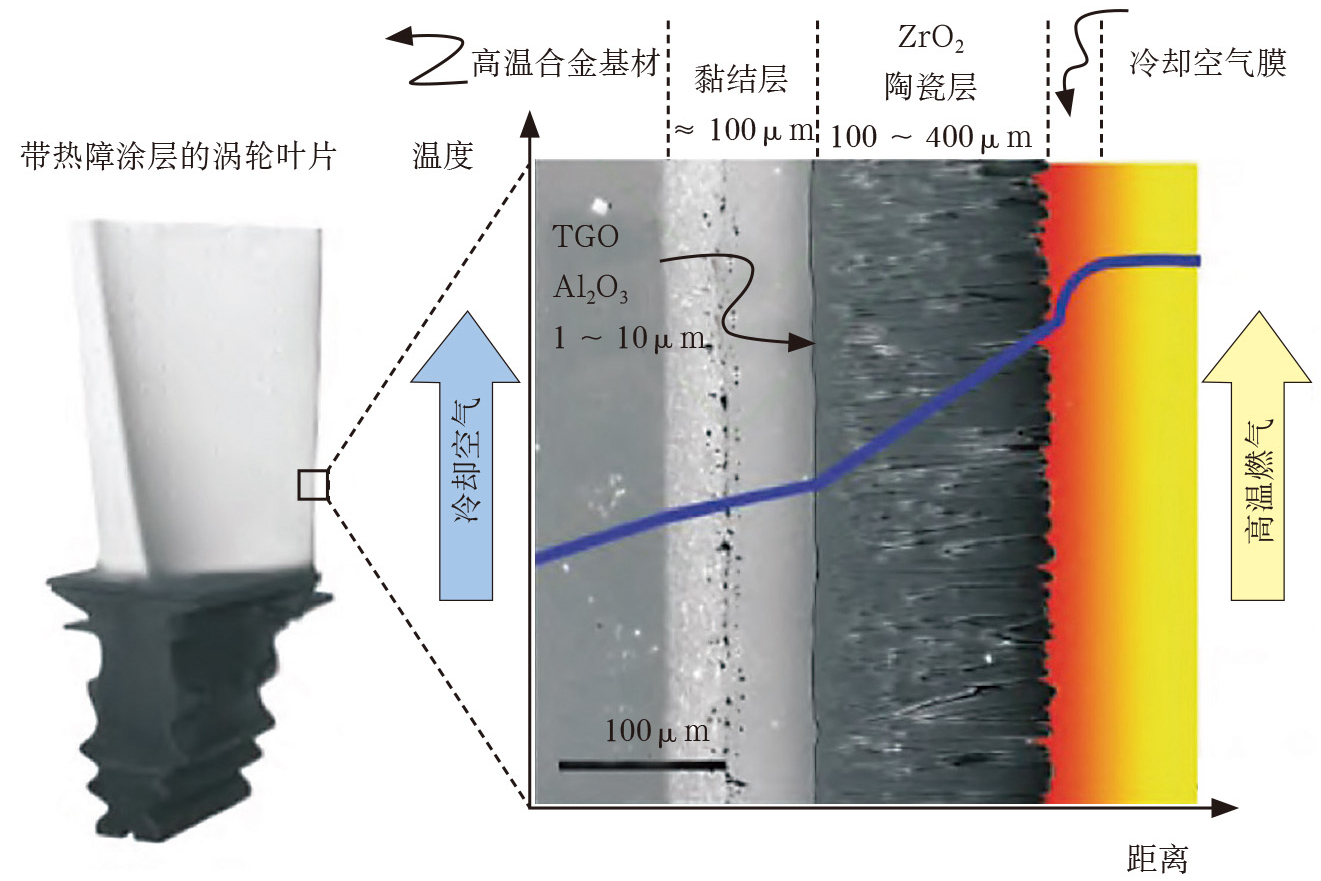
learn more
Thermal Barrier Coatings
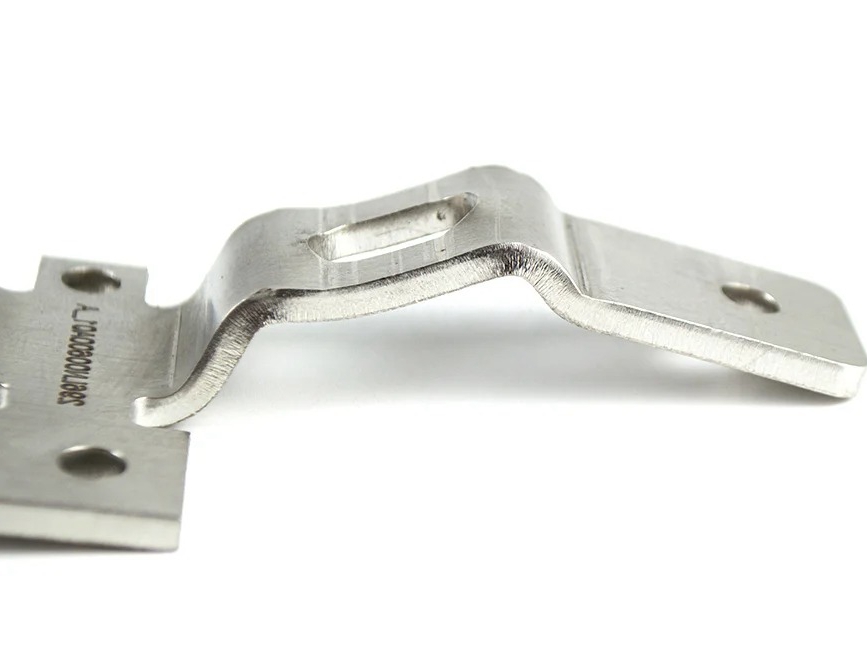
learn more
Passivation
Sand Casting Parts Gallery
Learn about the process of creating sand casting parts and understand how they are manufactured.
Let's Start A New Project Today
Sand Casting Parts Design Guideline
Follow these sand casting design guidelines featuring industry standard values to ensure optimal metal flow, reliable mold filling, and structural integrity, while minimizing defects, production costs, and post-casting adjustments.
Frequently Asked Questions
Explore Related Resources
Solutions
Copyright © 2025 Neway Precision Works Ltd.All Rights Reserved.
